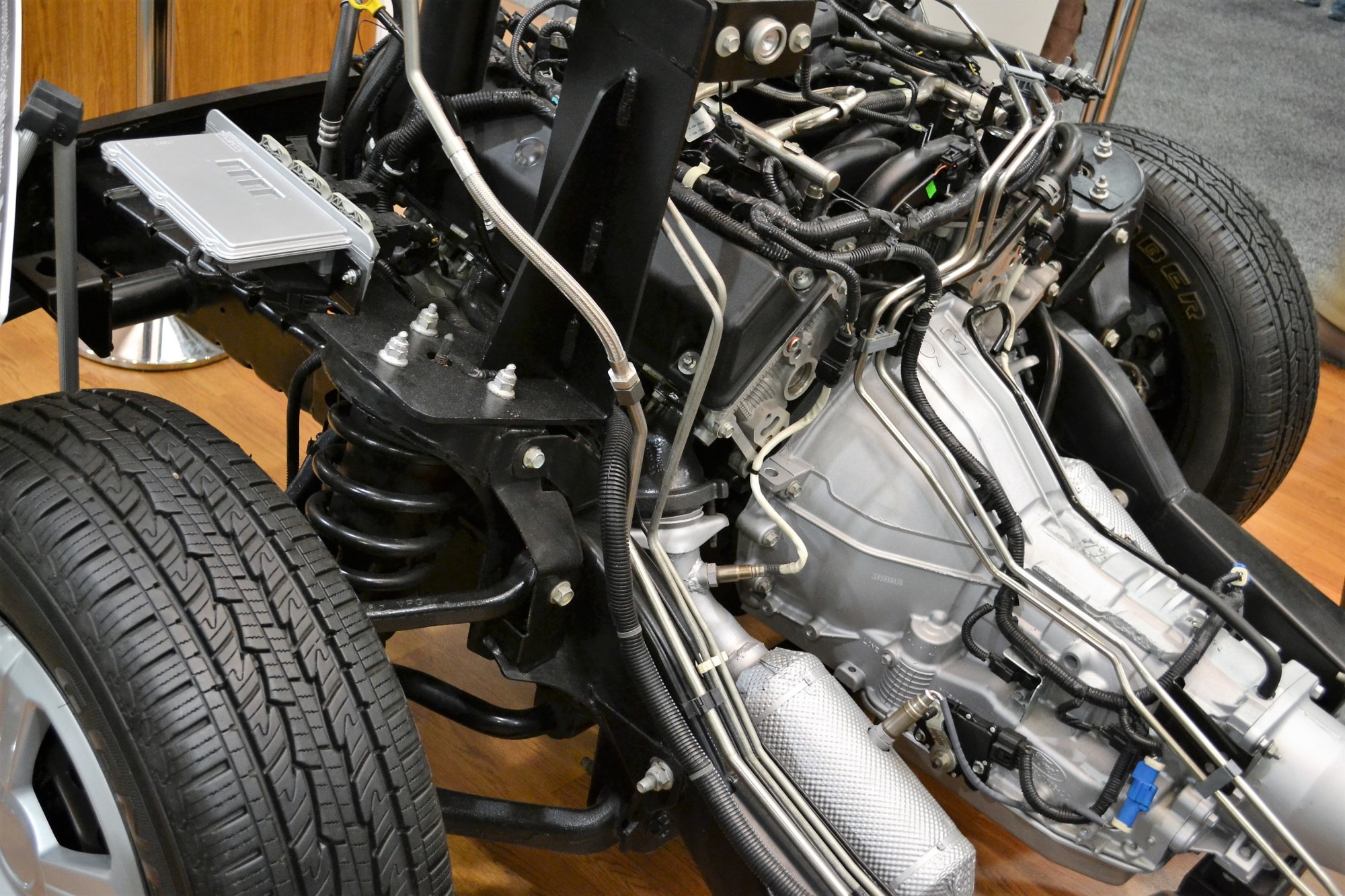Car buyers had their choice of 293 different car models in 2019. There were 257 existing and 36 new models on the market. While the exterior body shapes and styling vary greatly, all of these vehicles have one thing in common. They have a chassis that supports the body.
There are a few types of vehicle chassis that adapted for use. This guide will teach you about the different chassis vehicle manufacturers use when producing a car.
Keep reading and learn about the different types of chassis.
What Is a Vehicle Chassis?
The chassis is the primary structural support of the vehicle, also known as the frame. Think of it as the skeleton of the car. While every vehicle on the road has a chassis, they can vary greatly.
Ladder
A ladder frame looks like a ladder with two long beams extending the length of the car on either side and several shorter beams connecting the long beams throughout the length of the vehicle.
Heavy-duty commercial vehicles almost exclusively use this type of frame. There are also some light commercial vehicles and trucks that have this frame.
Tubular
A tubular frame will use hollow pipes that flex and bend to create the generalized shape of the car. You’ll find this style on racing and all-terrain vehicles. Unlike the two-dimensional structure of the ladder chassis, a tubular chassis connects the front and rear suspension to the frame of the vehicle.
The welded metal tubes can provide more tolerance for torsion twists and allow for half-axles to get better contact with the road.
Monocoque
This type of chassis acts more like a structural skin by combining the body of the car and the chassis into one structural unit. It takes sheets of metal that get cut and molded into the desired shape.
Initially designed for F1 race cars, it’s made its way into the mainstream market. The monocoque frame is now used for sports cars and SUVs. This is because it can provide improved performance through a better distribution of stress.
Combination
There are many vehicles on the road today that don’t use a single type of chassis for their construction. Manufacturers will take elements from these main types and combine them to create a custom frame. It takes a skilled mechanic, like those at CSI Collision Specialist, to work on modern vehicles.
If your car needs work done, you need someone who understands these fundamental chassis structures. They should know how to repair them to maintain their optimal performance.
What’s Your Vehicle Chassis?
You probably haven’t given it much thought, but what type of vehicle chassis supports your vehicle? Knowing this can help you understand how your car handles while driving.
It’s also crucial to know when having work done. If you’re in doubt, you can look at your vehicle repair manual or ask your local mechanic.
Download your vehicle’s auto repair manual before you do any work to your car’s chassis or any other part.

